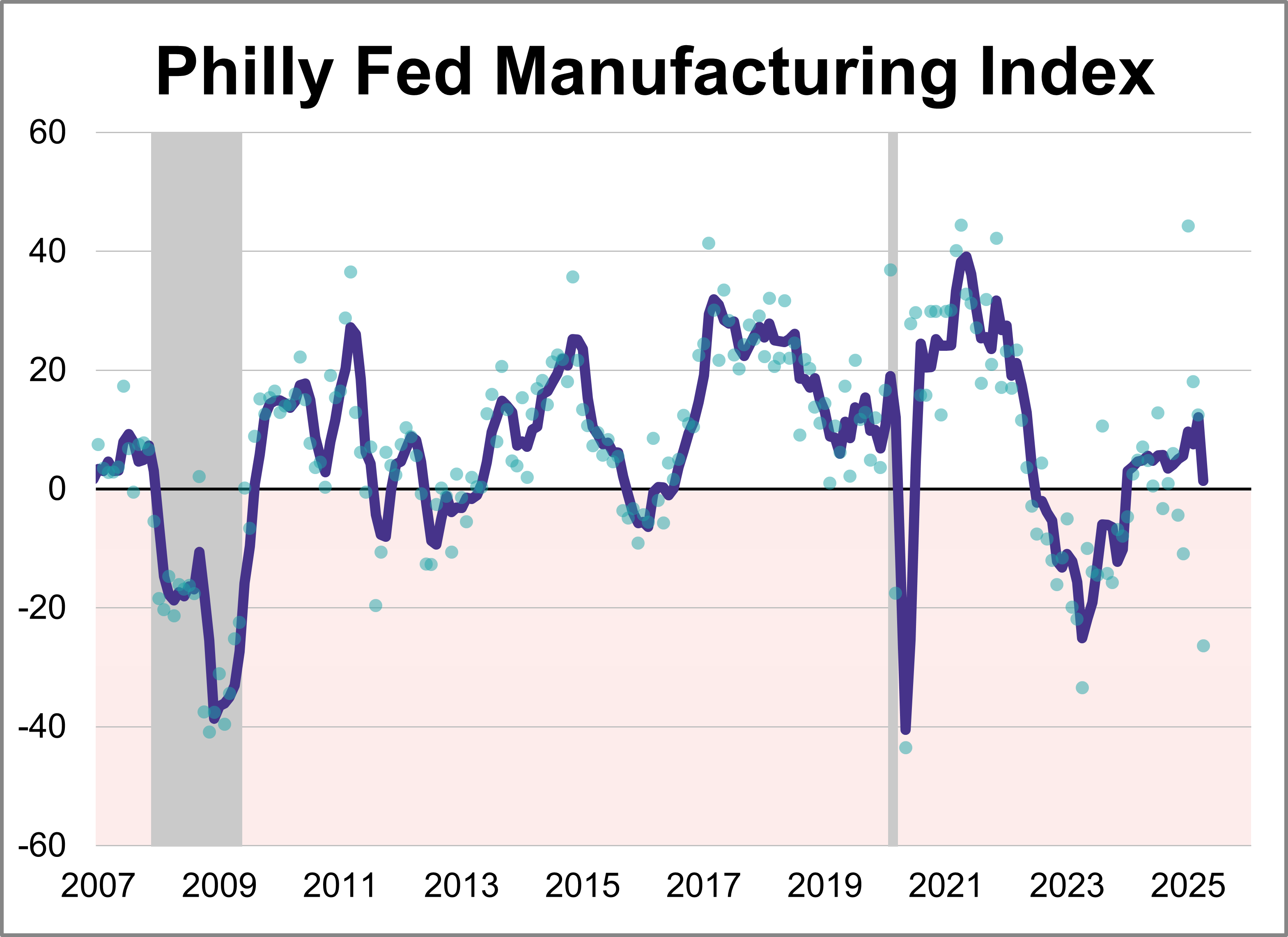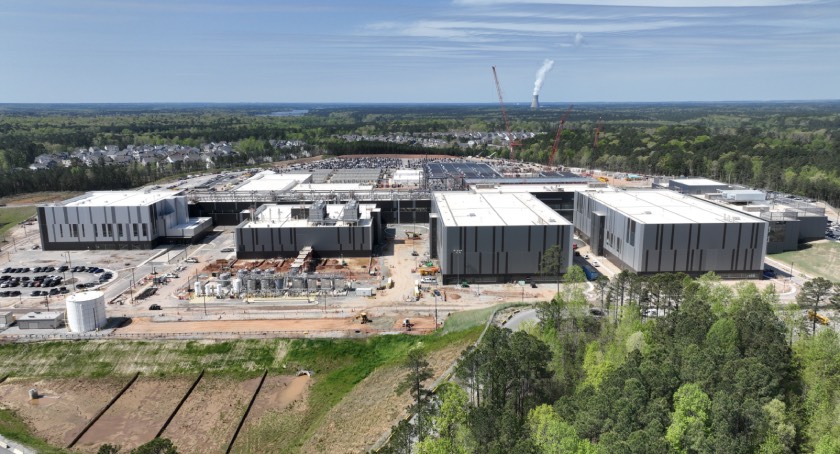Manufacturing Mood Plummets: Philly Fed's Grim Economic Signal
Manufacturing
2025-04-17 12:00:00Content

Manufacturing Sentiment Plummets: Philadelphia Fed Index Signals Economic Challenges
The manufacturing sector is experiencing a significant downturn, as revealed by the latest Philadelphia Federal Reserve manufacturing index. The indicator dramatically dropped nearly 39 points to -26.4, marking its lowest point in two years and sharply missing economic expectations.
Economists had anticipated a modest positive reading of 2.2, but the actual results paint a much bleaker picture. This substantial decline suggests growing challenges in the manufacturing landscape, potentially signaling broader economic headwinds and reduced industrial activity.
The steep fall in the index could indicate mounting pressures on manufacturers, including supply chain disruptions, rising costs, and uncertain market conditions. Investors and policymakers will likely scrutinize this data for insights into the overall economic trajectory and potential policy interventions.
Manufacturing Sector Trembles: Unprecedented Decline Signals Economic Turbulence
In the intricate landscape of economic indicators, the manufacturing sector stands as a critical barometer of industrial health and economic momentum. Recent data emerging from the Philadelphia Federal Reserve paints a sobering picture of industrial performance, revealing deep-seated challenges that could potentially reshape economic expectations and strategic planning across multiple sectors.Economic Indicators Flashing Warning Signs: Manufacturing's Sudden Downturn
The Anatomy of Manufacturing Contraction
The Philadelphia Fed's manufacturing index has dramatically plummeted, revealing a complex narrative of economic stress and systemic challenges. This precipitous decline represents more than a mere statistical fluctuation; it signals potential structural transformations within the industrial ecosystem. Economists and industry analysts are closely examining the multifaceted factors contributing to this significant downturn, which extends far beyond simple numerical representations. Manufacturing leaders are confronting unprecedented volatility, with the index dropping nearly 39 points to a staggering -26.4. This represents the lowest reading in two years, substantially deviating from initial forecasts that projected a modest 2.2 performance. Such a substantial divergence demands comprehensive investigation and strategic recalibration.Underlying Economic Dynamics and Systemic Pressures
The manufacturing contraction cannot be viewed in isolation. Intricate interconnections between global supply chains, technological disruptions, labor market dynamics, and macroeconomic policies are converging to create a complex economic landscape. Businesses must navigate increasingly sophisticated challenges that require adaptive strategies and nuanced understanding. Technological innovations, geopolitical tensions, and evolving market demands are simultaneously pressuring traditional manufacturing models. Companies are being compelled to reimagine their operational frameworks, invest in digital transformation, and develop resilient supply chain architectures that can withstand unexpected disruptions.Implications for Business Strategy and Economic Planning
The Philadelphia Fed's data serves as a critical warning signal for corporate strategists and policymakers. Organizations must proactively develop robust contingency plans, emphasizing flexibility, technological integration, and strategic risk management. The manufacturing sector's current trajectory suggests that traditional approaches may no longer suffice in an increasingly dynamic global economy. Investment in workforce reskilling, advanced manufacturing technologies, and sustainable production methodologies will become paramount. Companies that can rapidly adapt, leverage data-driven insights, and maintain operational agility are more likely to navigate these turbulent economic conditions successfully.Global Context and Comparative Analysis
While the Philadelphia Fed's index provides a localized perspective, it resonates within a broader global manufacturing narrative. Similar trends are emerging across various international markets, suggesting systemic challenges that transcend regional boundaries. Comparative analysis reveals interconnected economic pressures affecting industrial performance worldwide. Emerging economies, technological disruptions, and shifting geopolitical dynamics are collectively reshaping manufacturing landscapes. Organizations must develop sophisticated, forward-looking strategies that anticipate and mitigate potential risks while capitalizing on emerging opportunities.Future Outlook and Strategic Recommendations
The current manufacturing downturn should not be interpreted as a definitive economic decline but rather as a transformative moment requiring strategic recalibration. Forward-thinking organizations will view this period as an opportunity for innovation, technological integration, and operational optimization. Investing in research and development, embracing digital transformation, and cultivating a culture of continuous learning will be critical for navigating the complex economic terrain ahead. The most successful enterprises will be those capable of transforming challenges into strategic advantages.RELATED NEWS
Manufacturing

Manufacturing Boom: NXG Truck Bodies Revs Up $20M Plant in Mount Pleasant
2025-03-02 23:33:46
Manufacturing

Biotech Giants Unite: Fujifilm and Regeneron Forge Decade-Long Manufacturing Powerhouse
2025-04-22 12:47:36
Manufacturing

Manufacturing Slump: Japan's Industrial Pulse Weakens to Multi-Year Low
2025-03-24 00:35:21





